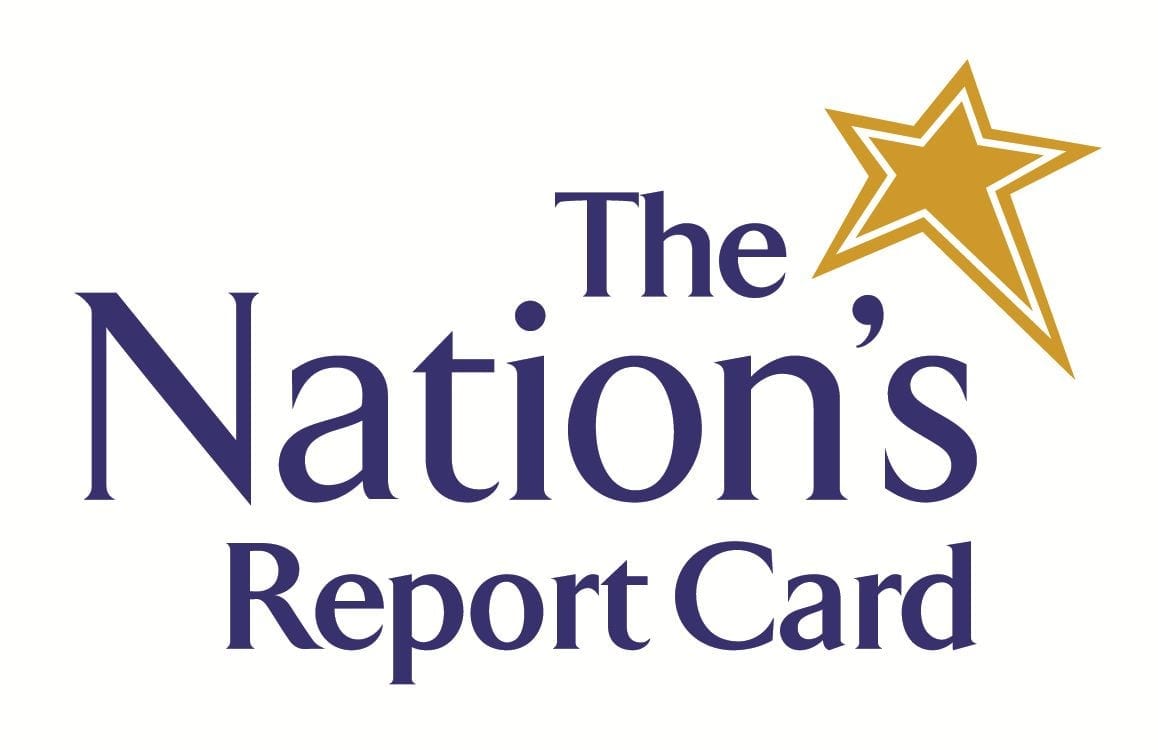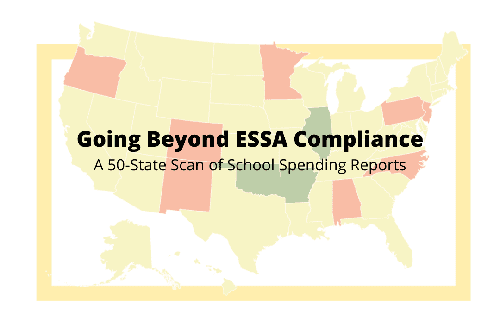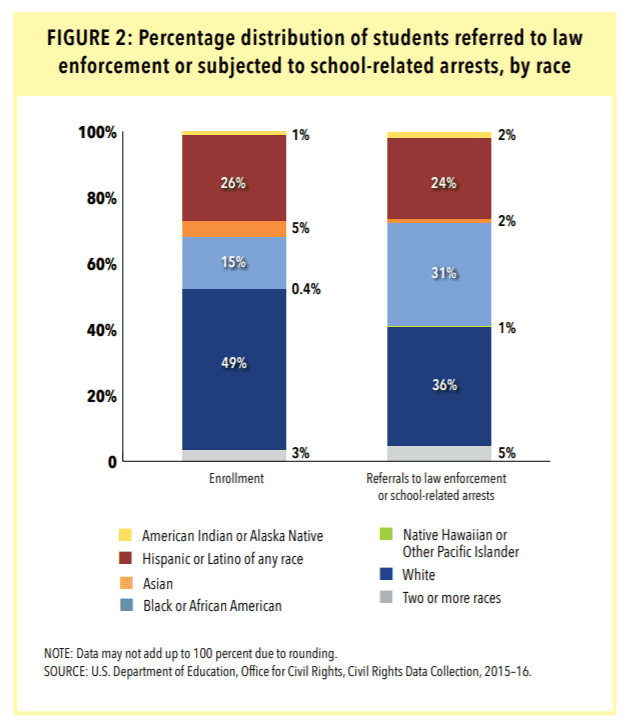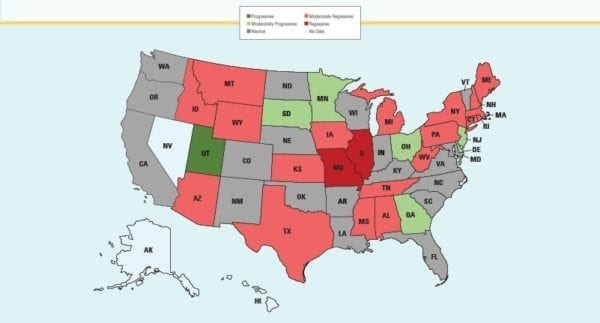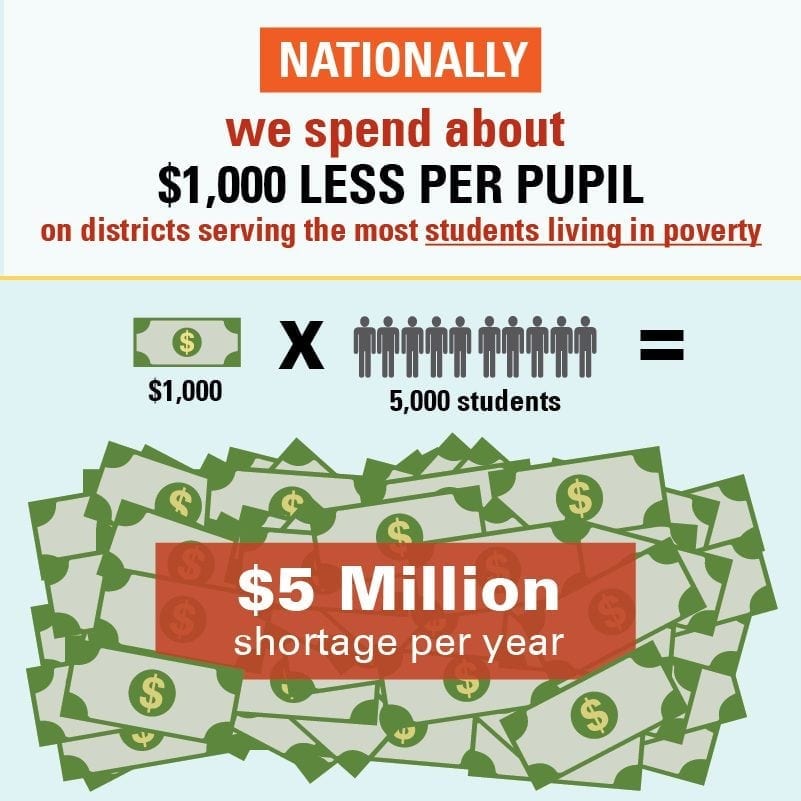
As the director of P-12 data and analytics, Ivy Morgan designs and conducts data and policy analyses that contribute to The Education Trust’s work to ensure that students living in poverty and students of color get their fair share of resources — including funding and equitable access to effective educators, school counselors, advanced coursework, and high-quality preschool.
Prior to joining Ed Trust, Ivy worked as an education research analyst in the Policy and Program Studies Service at the U.S. Department of Education. At the Department, Ivy primarily managed medium-term projects and conducted short-term data analyses on a range of P-12 topics including teacher equity, fiscal equity, and socioeconomic diversity.
A native of New Haven, Connecticut, Ivy holds a master’s degree in public administration from the George Washington University and a bachelor’s degree in urban studies and planning from the Massachusetts Institute of Technology.
What’s your favorite thing to do outside of work?
Baking and other crafty things.
Why are you passionate about working at Ed Trust?
My experiences at MIT, as well as time spent tutoring and mentoring children from low-income neighborhoods, helped shape my passion for education equity. At Ed Trust, I get to put that passion to work — alongside talented and like-minded colleagues.
Author Archives
More 2024 NAEP Results Reaffirm That Our Nation’s Students Need More Support
Amid a literacy crisis, new national assessment results show that reading scores for high school seniors are at an all-time low
How the Trump Administration Is Attacking Data and Research
Scaling back education data collections like NAEP and ERIC that help make schools better is another step that this administration is taking in the wrong direction
10 Governors Agree with Trump and Want to Run Their Own Education System. But How Are Their States Doing?
Republican governors from ten states attended Trump’s EO signing to dismantle the Dept. of Ed. But these states’ students perform poorly
NAEP 2024 Results Tell Us that it’s Time for Action
NAEP, or the Nation’s Report Card, 2024 scores are in, and the bottom line is that our nation’s students need more support.
ESSER Spending and Pandemic Recovery: Where Do We Go From Here?
The deadline for school districts to decide how they will spend any remaining federal pandemic-relief funds is September 30.
Engaging First: Supporting Young Learners Through Family Engagement
This report is based on two nationally representative surveys, including 600 parents or caregivers of children in first or second grade in the 2022-23 school year, and 300 teachers of the same grade.
The New CRDC Data Is Out: What To Be Excited About and What to Watch For
The most recent CRDC data was released — what to be excited about and what to watch out for.
Opportunities Denied: High-Achieving Black and Latino Students Lack Access to Advanced Math
In this brief, EdTrust and Just Equations explore why high-achieving Black and Latino students and students from low-income backgrounds who take and pass Algebra I in eighth grade still end up taking advanced math courses in high school at lower rates than their peers.
Equal Is Not Good Enough
When it comes to providing children with a high-quality education, money matters. Yet, the U.S. education system is plagued…
Getting Latino Students Better Access to Non-Novice Teachers
Every year, thousands of individuals take on one of the most important jobs: TEACHING. While new teachers bring energy…
Getting Black Students Better Access to Non-Novice Teachers
Every year, thousands of individuals take on one of the most important jobs: TEACHING. While new teachers bring energy…
How Is Your School District Allocating Its Funds? New Data Lets Parents & Advocates See for Themselves.
For school leaders to administer a high-quality education, having money to secure valuable education resources makes a difference. For students to have a quality education, they need access to strong…
From Numbers to Insight: Leveraging ESSA’s School Spending Requirement for Fair Funding
For decades, researchers have used federal data to show that within states, the districts with the most students from low-income backgrounds and the most students of color receive less funding…
Inequities in Advanced Coursework
Black and Latino students across the country experience inequitable access to advanced coursework opportunities. They are locked out of…
The Forgotten Children: Students Who Have an Incarcerated Parent
There are 1.5 million people in federal and state prisons and another 600,000 in local jails. More than half (54 percent) of these incarcerated adults have children under the age…
New Civil Rights Data Collection Shows Students of Color Are Being Systematically Pushed Out
Twice as likely — this phrase can have either good or bad connotations. In the case of new data released by the United States Department of Education’s Office for Civil…
Funding Gaps 2018
School districts that serve large populations of students of color and students from low-income families receive far less funding…
Students of Color Face Steep School Funding Gaps
“In the county [schools], EVERYTHING is better! Over here, we live in the ghetto; we’re not getting much. So getting school funding based on property taxes isn’t gonna do anything…





